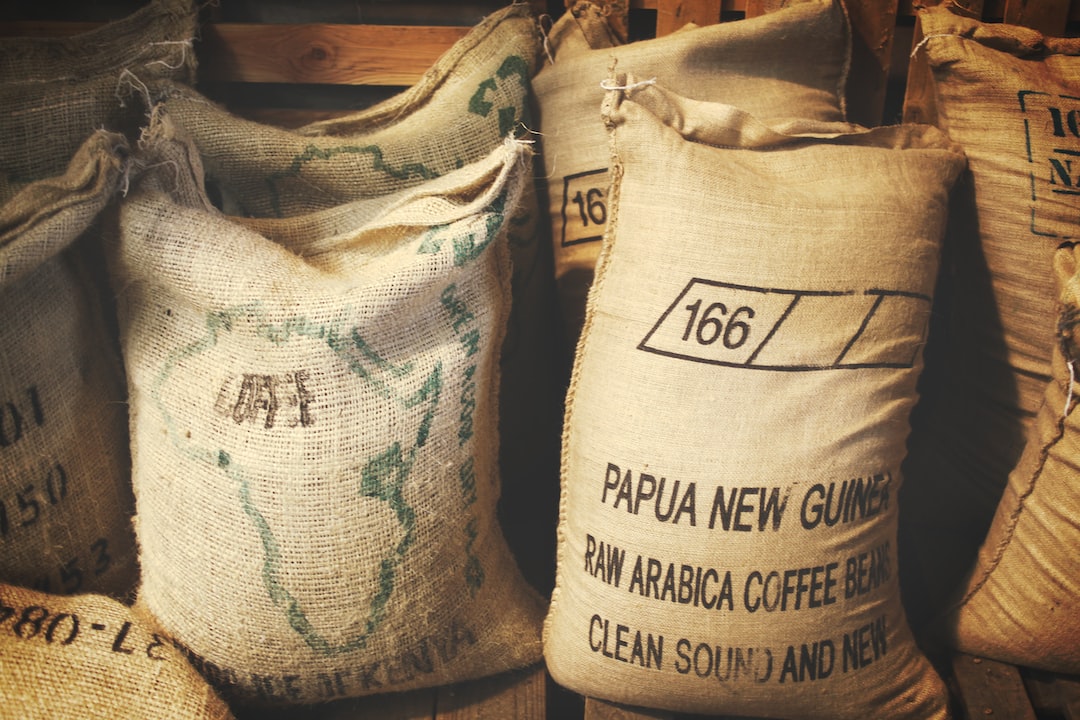Textile sizing chemicals play a crucial role in enhancing the performance of fabrics. These chemicals are used throughout the manufacturing process to improve the quality, strength, and durability of textiles. From sizing yarns to achieving desired fabric properties, the applications of textile sizing chemicals are vast, making them an indispensable component in the textile industry.
Textile sizing is the process of applying a protective coating on yarns during weaving or knitting. It serves as a bonding agent between the individual fibers, preventing breakages and reducing friction. The most common sizing chemicals used in textile production include starch, gelatin, acrylic polymers, and synthetic sizing agents. These chemicals impart several key properties to the fabric, such as stiffness, strength, and improved resistance to abrasion.
One of the main benefits of using textile sizing chemicals is the enhanced strength they provide. During the weaving or knitting process, the yarns are subjected to tension and stress, which can lead to breakages. Sizing chemicals create a protective layer that strengthens the yarns, reducing the chance of breakage and improving the overall fabric integrity. This is particularly important for applications where durability is essential, such as in workwear and outdoor textiles.
In addition to strength, textile sizing chemicals also improve the fabric’s stiffness and stability. This is particularly important in applications where shape retention is required, such as in upholstery or automotive textiles. Sizing chemicals help the fabric maintain its shape, reducing shrinkage and stretching. Furthermore, they enhance the fabric’s dimensional stability, making it less prone to wrinkling or distortion.
Textile sizing chemicals also contribute to better resistance against abrasion and wear. Fabrics that are subjected to frequent rubbing or friction, such as in sportswear or technical textiles, require a higher abrasion resistance. Sizing chemicals create a protective layer on the fabric’s surface, reducing fiber-to-fiber contact and minimizing wear and tear. This prolongs the fabric’s lifespan and ensures that it can withstand rigorous usage.
Moreover, textile sizing chemicals can be tailored to provide specific functionalities to fabrics. For instance, antimicrobial agents can be added to the sizing chemicals to provide fabrics with antibacterial properties, making them suitable for medical or hygiene applications. Similarly, water repellent sizing agents can be applied to enhance the fabric’s water resistance, which is ideal for outdoor and performance textiles.
In conclusion, textile sizing chemicals are of paramount importance in the textile industry, as they enhance fabric performance in various aspects. They provide strength, stiffness, and dimensional stability to fabrics, making them more durable and resistant to wear and tear. Additionally, they can be customized to offer specific functionalities, such as antimicrobial or water repellent properties. By utilizing textile sizing chemicals, manufacturers can produce high-quality, reliable fabrics that cater to the needs of various industries and applications.
——————-
Article posted by:
Alpenol
https://www.alpenol.in/

